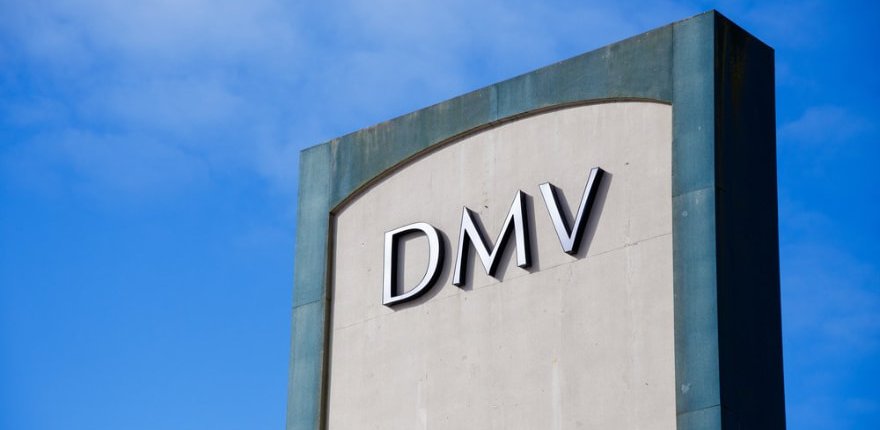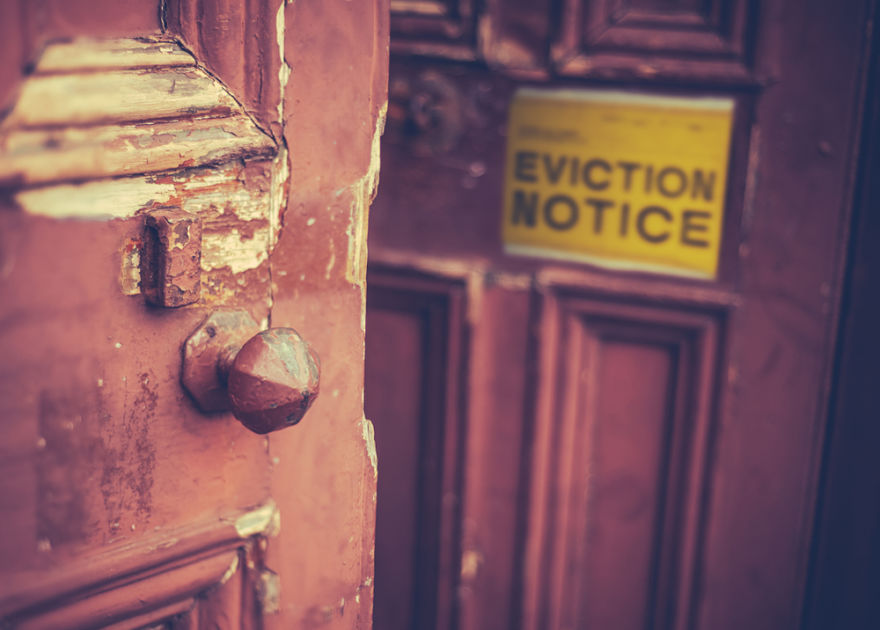When you own a car, you are responsible for all of its liabilities. This fact applies even if someone else was driving that day. So if a friend or a family member borrows your car for a day out with their friends and gets a parking ticket, you, the registered owner, are liable.
It makes sense then that used car sellers would want their names out of the title and liability transferred to the new owner as soon as possible. The challenge is that handing the car keys to the buyer does not automatically free you of responsibility.
Read more: How to transfer a car title
Anyone privately selling a used car must do more than sign a bill of sale. They must take steps to free themselves of liabilities in connection with the sold vehicle by completing and filing the DMV Release of Liability form.
But what exactly does a DMV Release of Liability do, and how can you properly file it? Let's start from the beginning—what is a DMV Release of Liability?
What Is a DMV Release of Liability?
A Department of Motor Vehicle (DMV) Release of Liability is the form that officially informs your local department that you have passed on all responsibilities for traffic offenses to the new owner.
Most consumers are familiar with a used car bill of sale. Many states require it. Others do not. However, signing and keeping one for personal records is always a good idea. Many pre-owned car sellers need to realize that a sale agreement is only the beginning of the process.
The DMV Release of Liability also benefits the buyer. It is tangible evidence that the seller has relinquished ownership to them. This simplifies toll charges, parking tickets, and other responsibilities that come with car ownership.
During the sale process, the seller should collect the form together with the title transfer form from the DMV. After completing the sale agreement (bill of sale), they must fill out and file the Release of Liability form to notify the department of the change in responsibility.
What Do I Need to File a DMV Release of Liability Form?
The information you need to complete the transfer of liability includes the following:
- The name, address, and license number of the buyer
- Your information as the seller
- The car details, such as the make, year, model, Vehicle Identification Number (VIN), and license plate number
- Odometer reading
After filling in the above information, both parties must sign and date the form. The seller then files it with the DMV. The buyer may also need to pay transfer fees for the department to complete the process.
Every state has a deadline for filing. Some states give consumers five days, while others allow up to a month after selling a used car. It is crucial to meet the deadline to avoid paying extra fees or incurring expenses that don't belong to you.
Your state may also require that you have liability insurance until the transfer is complete. The insurance covers any liabilities during the sale process. Afterward, you may cancel it, but only when you are sure you are no longer responsible for the car.
Why Do I Need a Release of Liability?
So, even though I have the bill of sale and title transfer, why do I need a release of liability? Each document serves a unique purpose. In summary:
- Title Transfer: also called the Title Certificate, is proof of transfer of ownership.
- Bill of Sale: this details the terms of sale and can be used to prove the transaction.
- Release of Liability: it releases you from future liabilities if the car gets into an accident or the driver picks up a parking or traffic violation ticket.
Although some states do not require a Release of Liability, filing one for your peace of mind is a good idea. You should then file all three documents with your county tax collector to release you of tax responsibilities involving the car.
A Release of Liability may not be necessary if you are refinancing your car. The transaction between lenders does not affect liabilities involving the vehicle. So, if you financed your car with Auto Bank A and refinanced it with Auto Finance B, there is no need to file for the release.
How Do I Check the Status of a Release of Liability on a Car
You know something is wrong when you receive a renewal notice of registration for a car you sold over a year ago. It is clear that the DMV still has the vehicle registered in your name.
If you already filed the Release of Liability, check with your local Motor Vehicle Department to find out why there is an error. It could be that you erred in the application. For example, the name and address of the buyer or some other detail may need correcting. If this happens, the DMV may advise you to reapply.
Tracking your application from the filing date until it is finalized can save you unwanted surprises. Some states have an online platform for you to check the status of your application. Here is an example for California. By entering the car details, you can see the progress and know how long you may need to wait.
In other states, you may have to visit the DMV or fill out a form requesting this information. Do not leave the filing of a Release of Liability to the buyer. The seller has more at stake, and the buyer may not file the form on time. Meanwhile, you may find yourself responsible for tolls, fines, or even civil litigation caused by the new owner's actions.
While most consumers know they need a used car bill of sale, many do not recognize the need to fill out the Notification for Release of Liability form. As this article demonstrates, a car accident release of liability saves you money, time, and energy.
When you sell a used car, remember that in many states, you, the seller, must fill out and file the DMV Release of Liability. Make sure you investigate what your state’s rules and regulations are before selling.
Helpful Resources:
California DMV - Notice of Transfer and Release of Liability


